When you think of Tokyo and Las Vegas, you might envision the dazzling lights of the Strip and the serene tranquillity of Japanese gardens. But if you’re planning a trip between these two spectacular cities—or if you want to connect with friends or business partners overseas—you’ll want to know how many hours ahead Tokyo is from Las Vegas.
Understanding Time Zones
Tokyo, the vibrant capital of Japan, operates on Japan Standard Time (JST), while Las Vegas, known for its bustling nightlife, operates on Pacific Standard Time (PST) in the winter and Pacific Daylight Time (PDT) in the summer. Understanding these time zones can be crucial for planning calls, meetings, or travel itineraries.
Time Zone Breakdown:
- Tokyo (JST): UTC +9:00
- Las Vegas:
- PST: UTC -8:00 (Standard Time, roughly November to March)
- PDT: UTC -7:00 (Daylight Saving Time, roughly March to November)
The Hour Difference
So, how many hours ahead is Tokyo from Las Vegas?
- During Standard Time (November to March):
- Tokyo is 17 hours ahead of Las Vegas.
- For example, if it’s 12:00 PM in Las Vegas, it’s already 5:00 AM the next day in Tokyo.
- During Daylight Saving Time (March to November):
- Tokyo is 16 hours ahead of Las Vegas.
- Hence, if it’s 12:00 PM in Las Vegas, it’s 4:00 AM the next day in Tokyo.
This difference may seem significant, especially if you’re scheduling a phone call or preparing for a video conference across the ocean!
 Tokyo and Las Vegas time zones comparison
Tokyo and Las Vegas time zones comparison
Why Time Zones Matter
Understanding the time difference between Tokyo and Las Vegas has various practical implications:
- Travel Planning: Knowing the time difference helps you plan your departures and arrivals with minimal confusion.
- Business Meetings: For professional interactions, clear scheduling across time zones is crucial to avoid missed calls and appointments.
- Cultural Nuances: Being aware of the local time can also help you engage more meaningfully with the culture—whether it’s scheduling a late-night dinner or attending a specific event.
Notable Example of Time Differences
To illustrate the time zone difference further, consider these scenarios:
| City | Time Zone | Hour Difference | Example Time |
|---|---|---|---|
| Tokyo | JST (UTC +9) | +17 hours (Standard) | 5:00 AM (next day) |
| Las Vegas | PST (UTC -8) | 12:00 PM (noon, today) | |
| Tokyo | JST (UTC +9) | +16 hours (Daylight) | 4:00 AM (next day) |
| Las Vegas | PDT (UTC -7) | 12:00 PM (noon, today) |
Making the Most of Digital Tools
Today, many of us rely on digital tools for time conversions. Apps like World Time Buddy and Time Zone Converter can help you quickly determine the current time in Tokyo when you’re in Las Vegas—and vice versa.
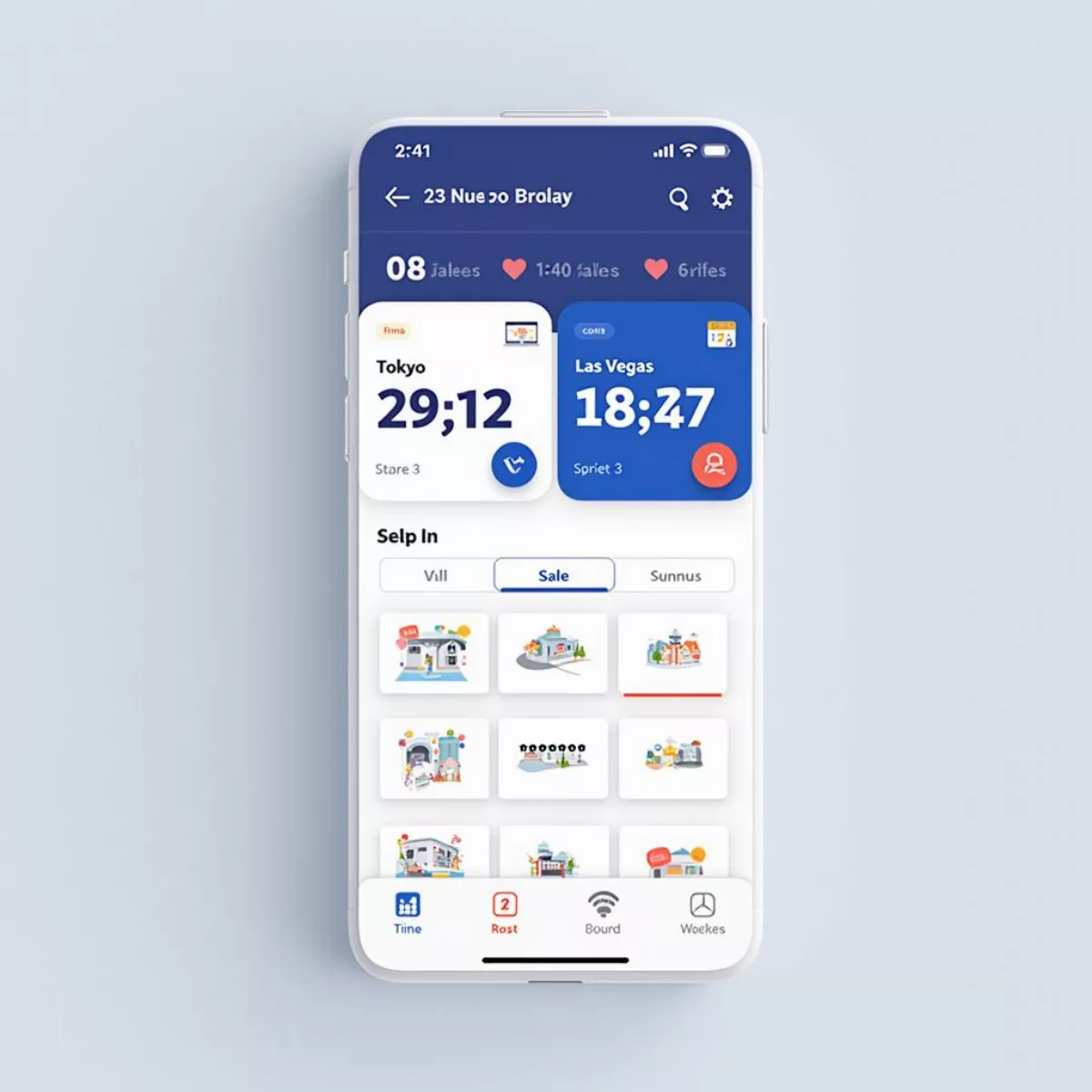 World Time Buddy app interface displaying Tokyo and Las Vegas time
World Time Buddy app interface displaying Tokyo and Las Vegas time
Key Tips for Managing Time Differences
Here are a few helpful tips for managing the significant time difference between Tokyo and Las Vegas:
- Use World Clocks: Keep a world clock on your phone or use a reliable app to track global time zones.
- Plan Ahead: Schedule meetings ahead of time, and confirm with all parties involved to avoid confusion.
- Be Mindful of Local Customs: Japan’s culture values punctuality. Ensure you respect their time, especially for business interactions.
- Set Reminders: Use calendar apps to set reminders for important events, accounting for the time difference.
Key Takeaways
- Tokyo is 17 hours ahead of Las Vegas during Standard Time and 16 hours ahead during Daylight Saving Time.
- Managing time zones is crucial for travel planning, business meetings, and cultural interactions.
- Utilize digital tools and apps to help keep track of time differences effortlessly.
FAQ Section
1. Why does Tokyo have a different time zone from Las Vegas?
Tokyo operates on Japan Standard Time (UTC +9) due to geographical location and historical decisions, while Las Vegas follows Pacific Standard Time (UTC -8) or Pacific Daylight Time (UTC -7).
2. How can I easily convert Tokyo time to Las Vegas time?
You can use smartphone apps or websites like World Time Buddy to quickly convert times between Tokyo and Las Vegas.
3. Does Tokyo observe Daylight Saving Time?
No, Japan does not observe Daylight Saving Time, so the hour difference remains constant in Japan all year round.
4. What are the typical business hours in Tokyo?
Typical business hours in Tokyo are usually from 9 AM to 5 PM. However, many businesses have variations in hours, so checking in advance is advisable when planning meetings.
5. How does the time difference affect international calls?
When calling between Tokyo and Las Vegas, it’s best to make calls during late afternoons or early evening hours in Las Vegas to avoid calling during the night in Tokyo.
6. Is it ever confusing to deal with such a time difference?
Yes, many travelers and business professionals find it tricky to manage the significant time difference. It’s best to plan ahead and confirm schedules.
7. What are some fun activities to do in both cities?
Las Vegas is known for its casinos and entertainment, while Tokyo offers historic sites like temples and modern attractions such as the Tokyo Skytree.
 Contrasting skylines of Tokyo and Las Vegas
Contrasting skylines of Tokyo and Las Vegas
8. How do I adjust to jet lag when traveling from Las Vegas to Tokyo?
Adjusting to jet lag can involve acclimatizing to the local time by staying awake until the local bedtime and getting plenty of sunlight.
9. Are there any notable festivals in Tokyo I should plan for?
Absolutely! Tokyo hosts numerous festivals such as Hanami (cherry blossom viewing) in the spring and the Sanja Matsuri in May.
10. How often do flights operate between Las Vegas and Tokyo?
Several airlines offer direct and connecting flights from Las Vegas to Tokyo. Check with airlines for the most current schedules and availability.
With this guide, you’re equipped with everything you need to manage time effectively between Tokyo and Las Vegas. Whether for travel, business, or personal connections, understanding the time difference will make your experiences in both cities much more enjoyable!

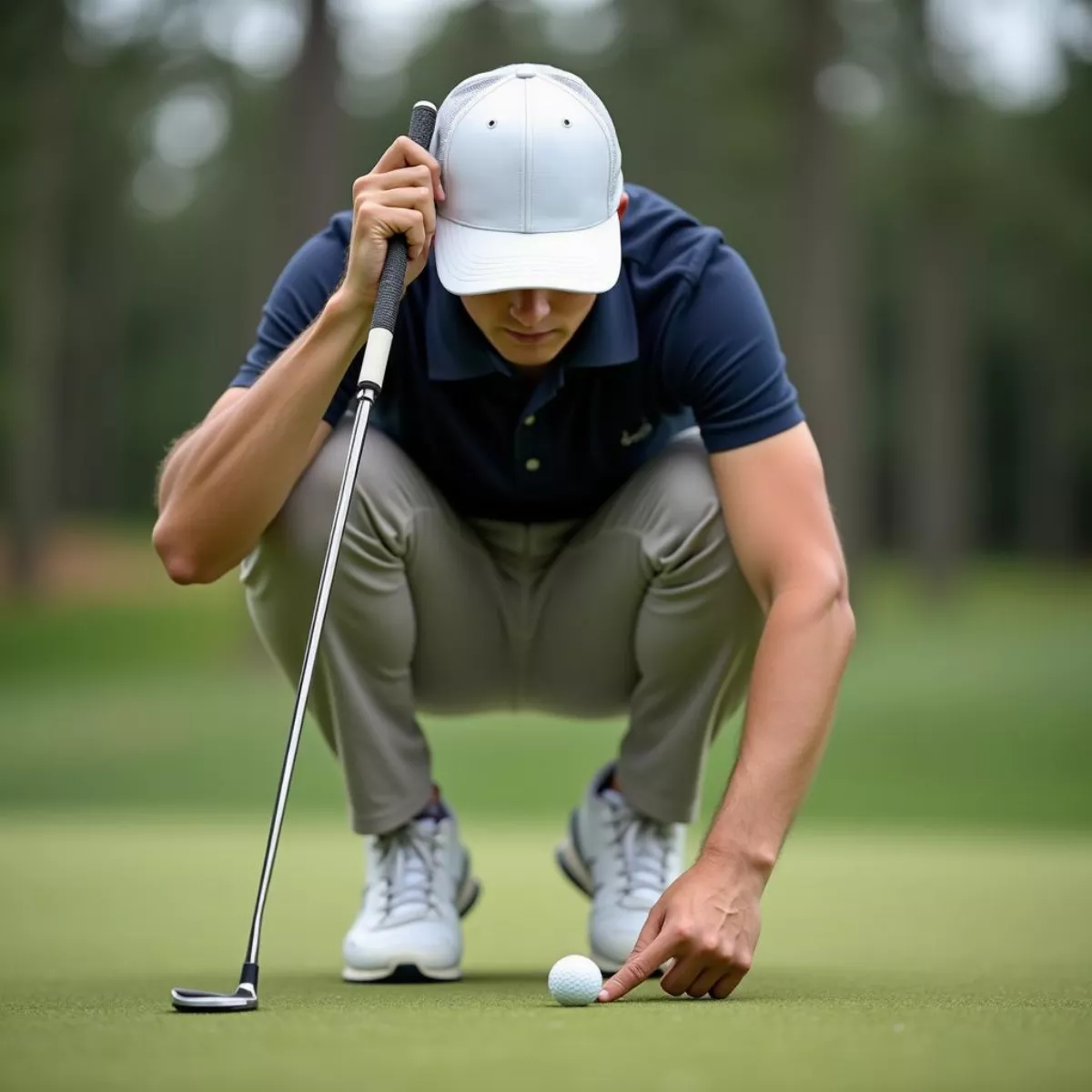 Golfer concentrating on putting
Golfer concentrating on putting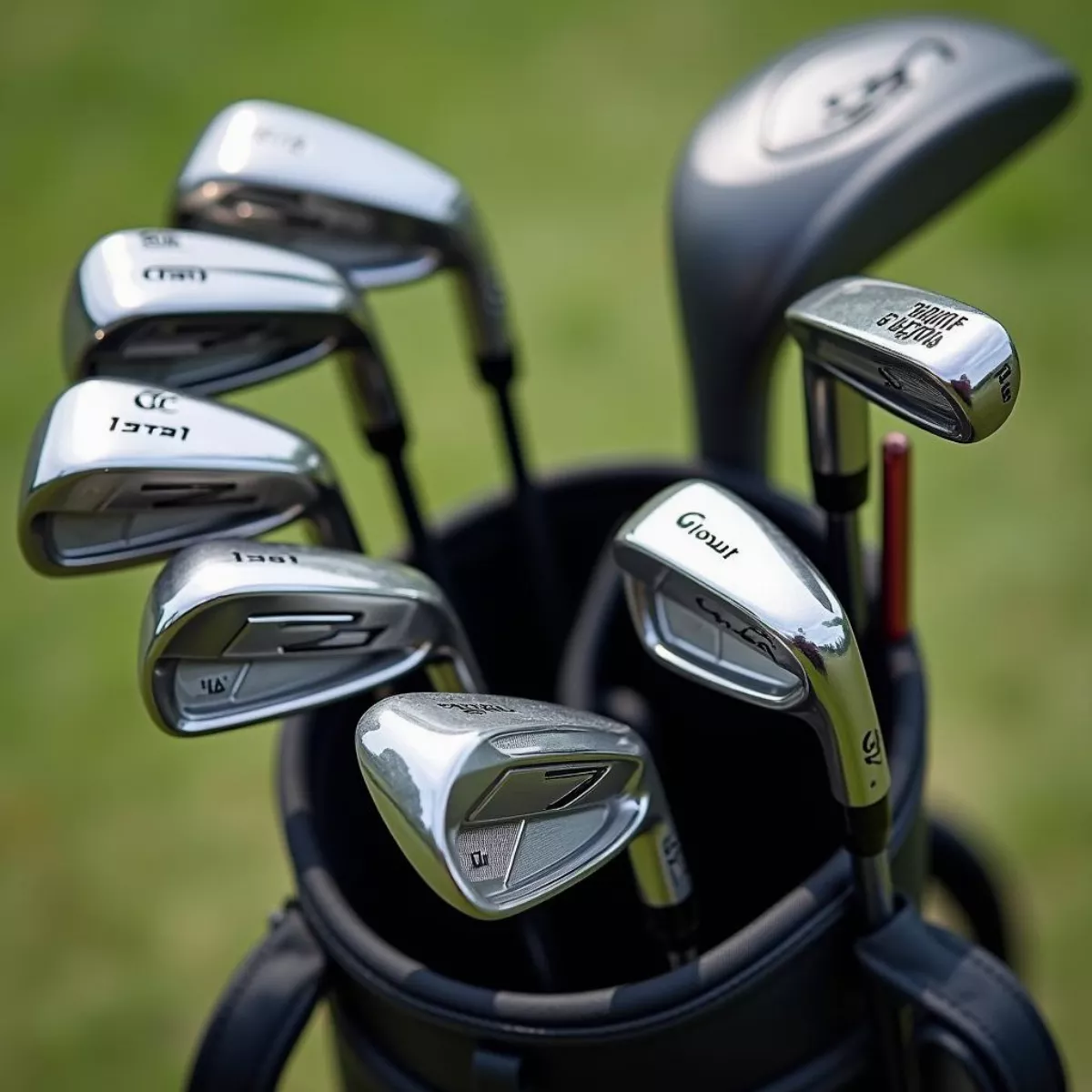 Golf bag with a set of clubs
Golf bag with a set of clubs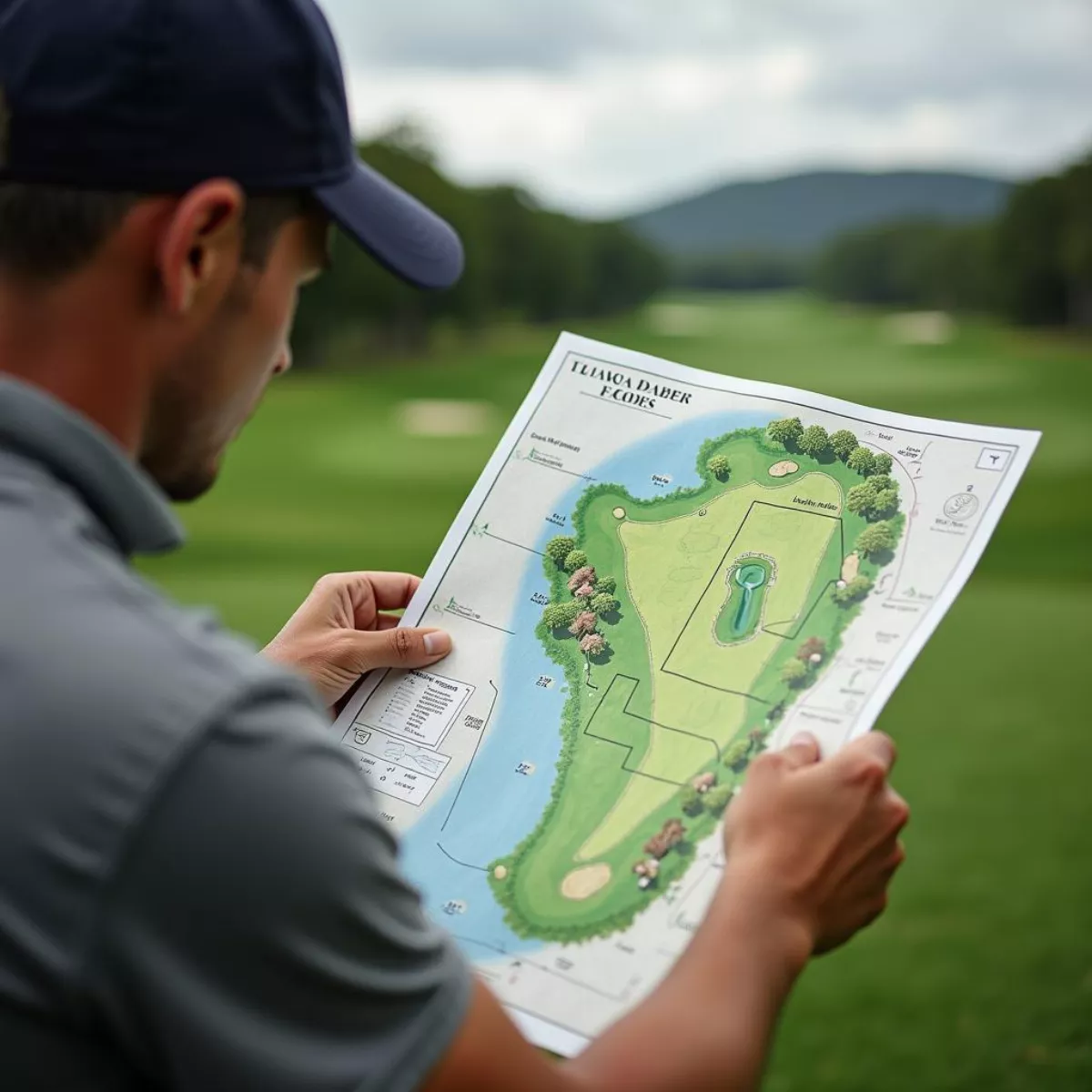
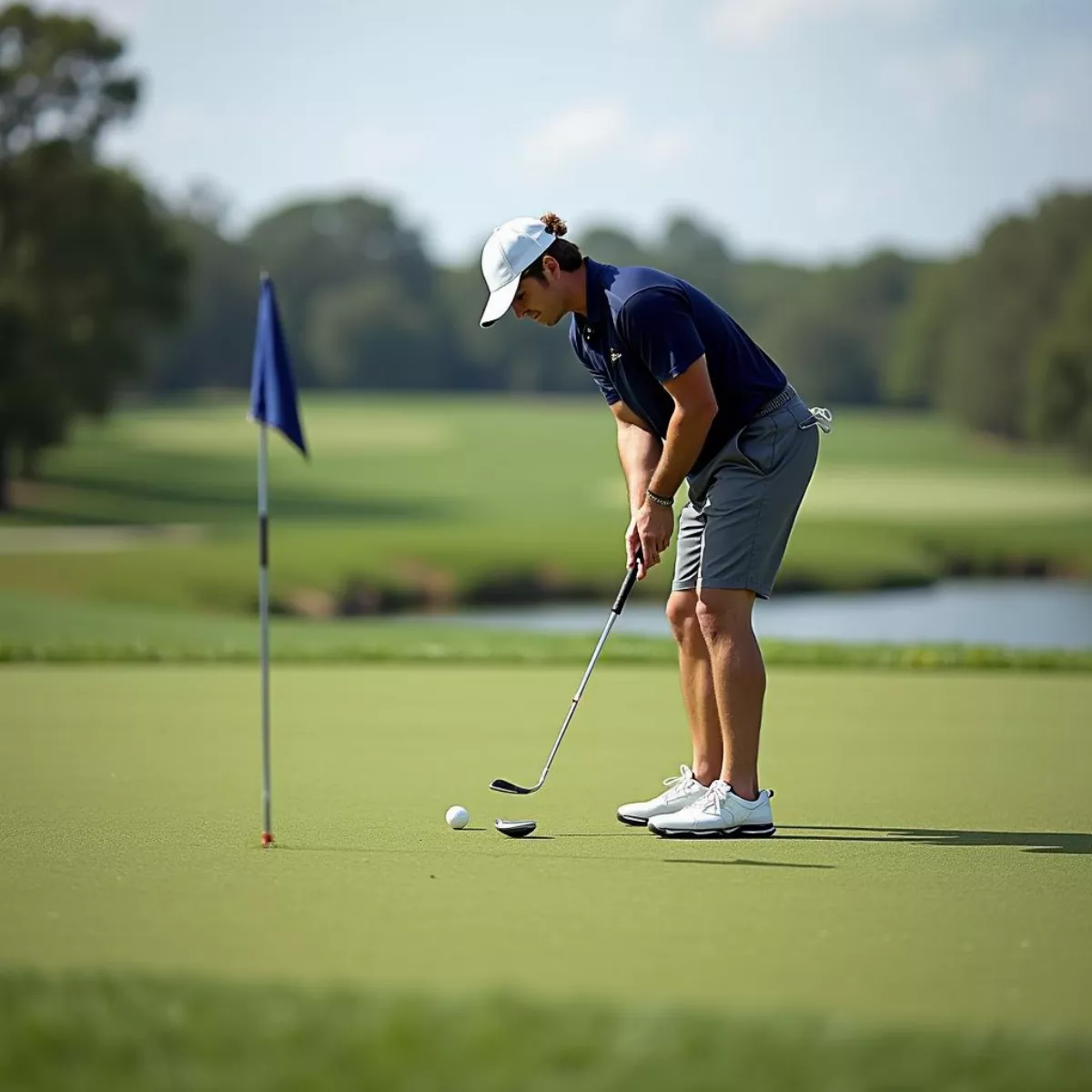 Golfer Practicing Chipping
Golfer Practicing Chipping Golfers Celebrating Victory
Golfers Celebrating Victory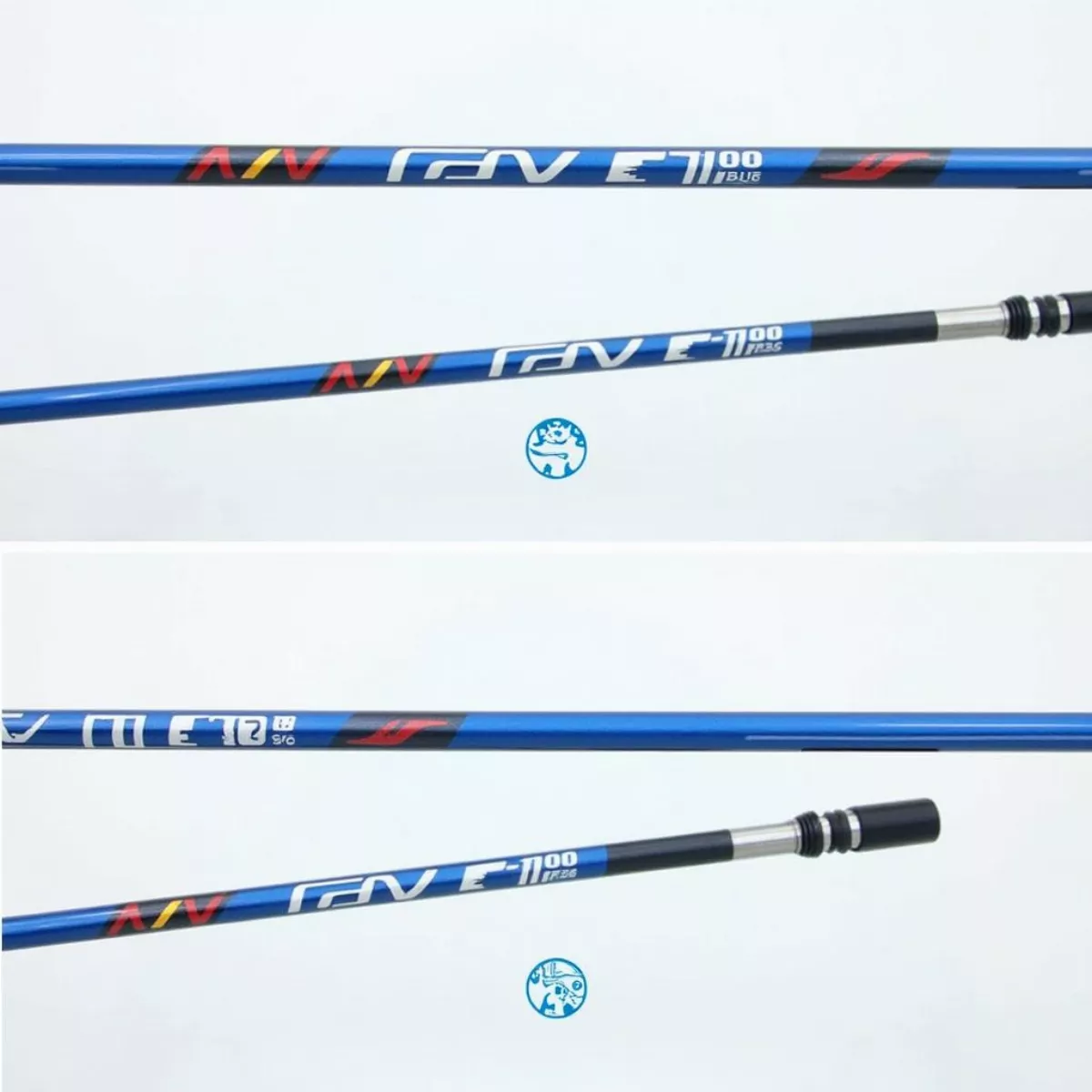
 Golfer Swinging Driver with Tensei AV Blue Shaft
Golfer Swinging Driver with Tensei AV Blue Shaft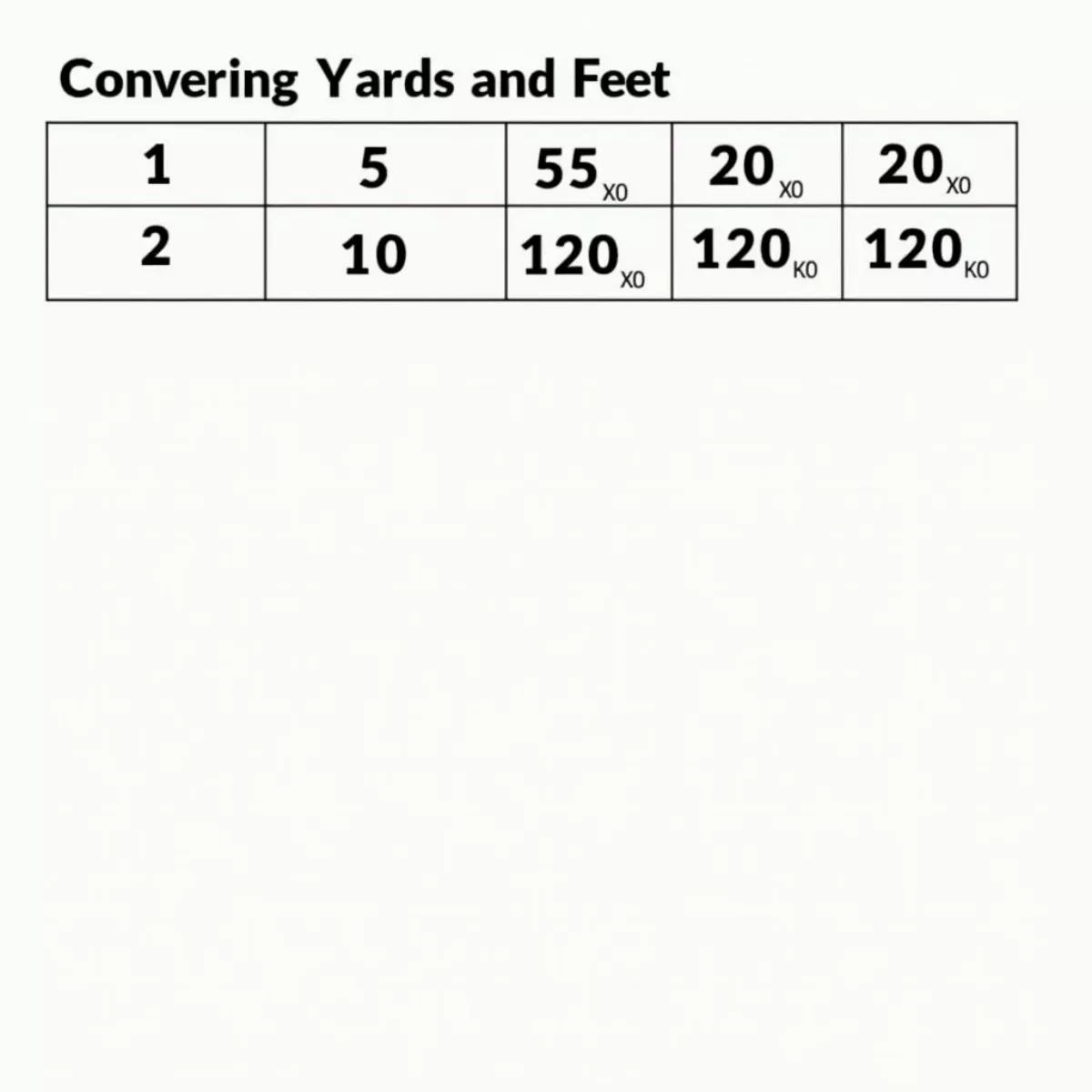
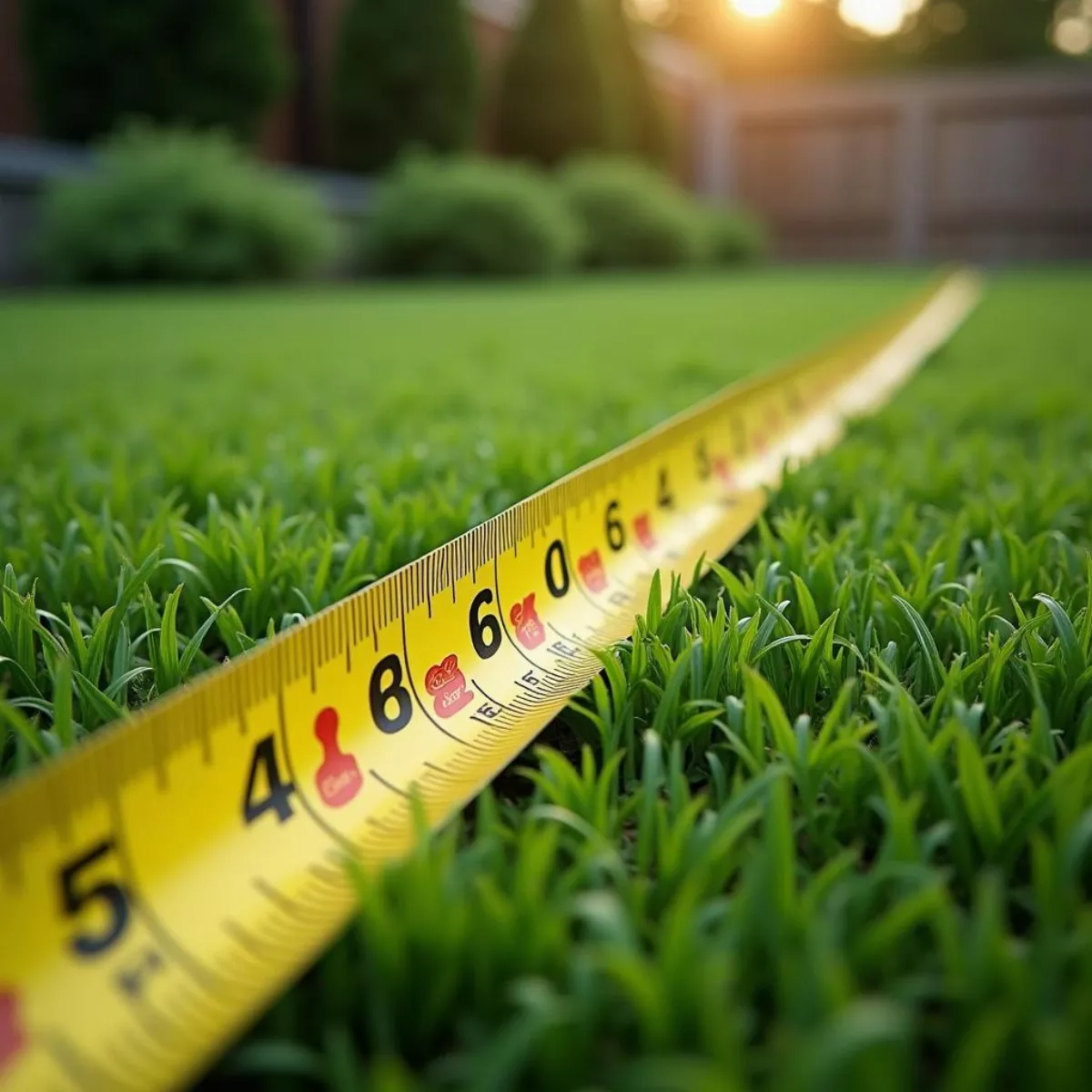 Measuring Tape on Grass for Landscaping
Measuring Tape on Grass for Landscaping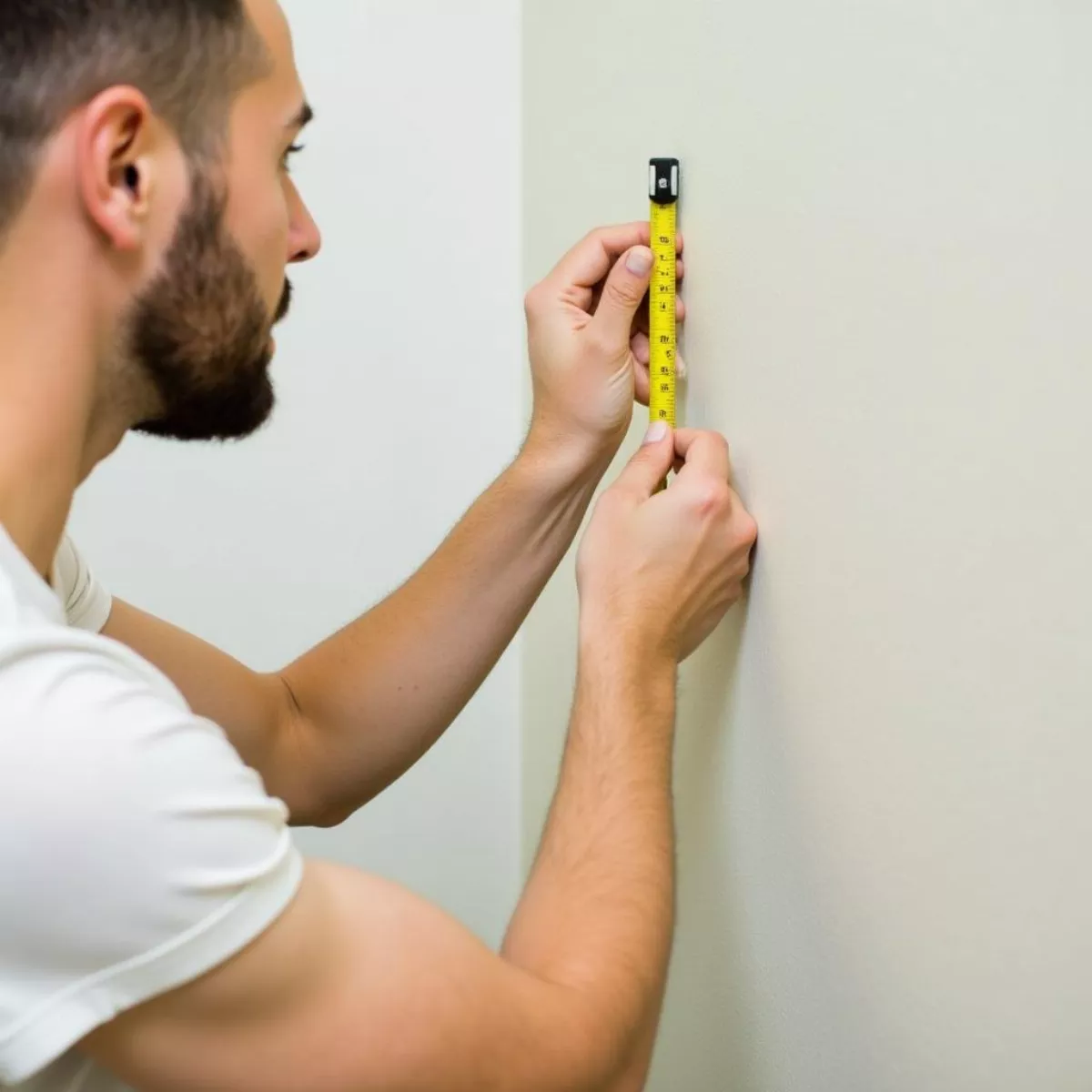 Person Measuring Wall with Tape Measure
Person Measuring Wall with Tape Measure
 Echo Mesa Clubhouse Interior
Echo Mesa Clubhouse Interior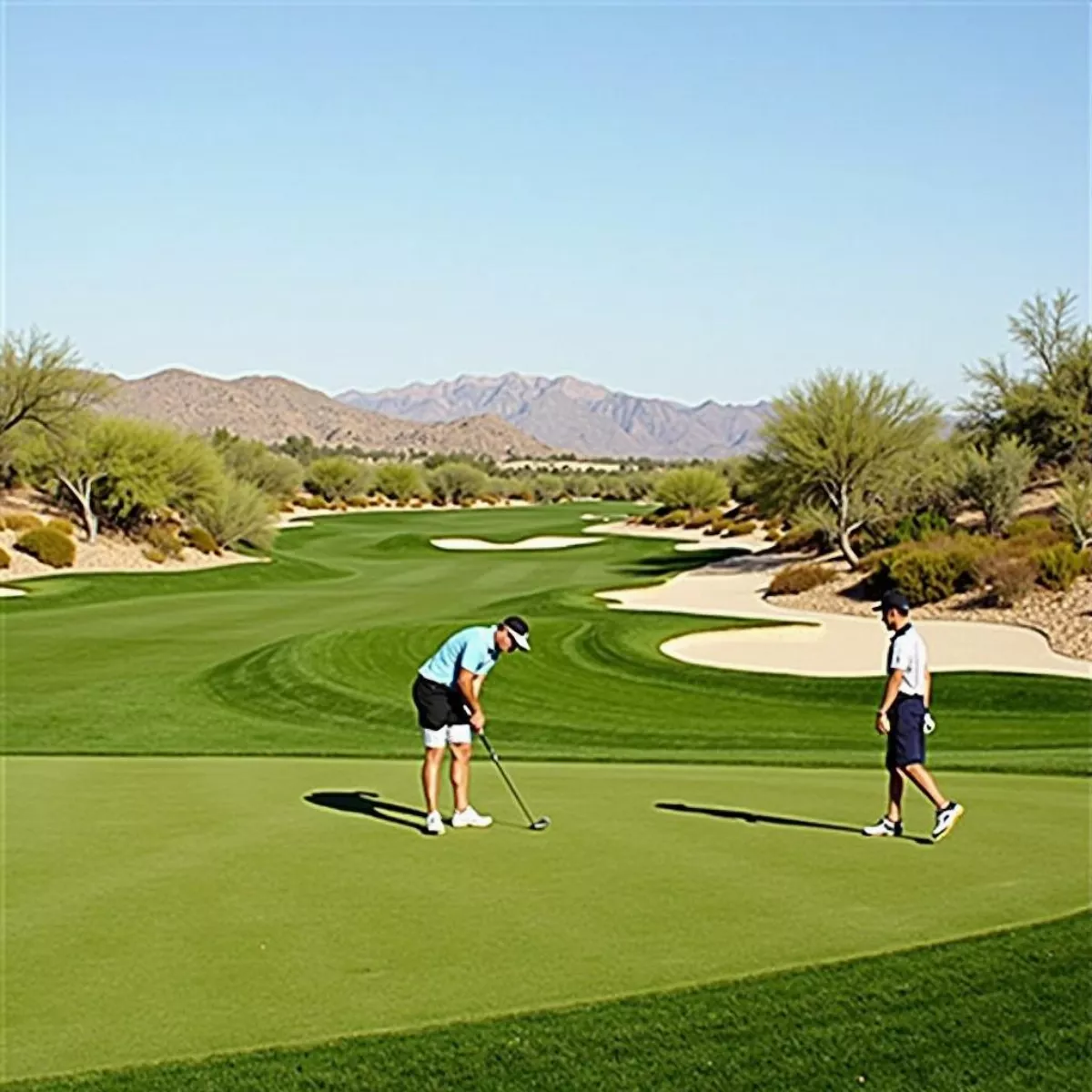 Golfers Playing at Echo Mesa Golf Course
Golfers Playing at Echo Mesa Golf Course Scenic View near Echo Mesa Golf Course
Scenic View near Echo Mesa Golf Course